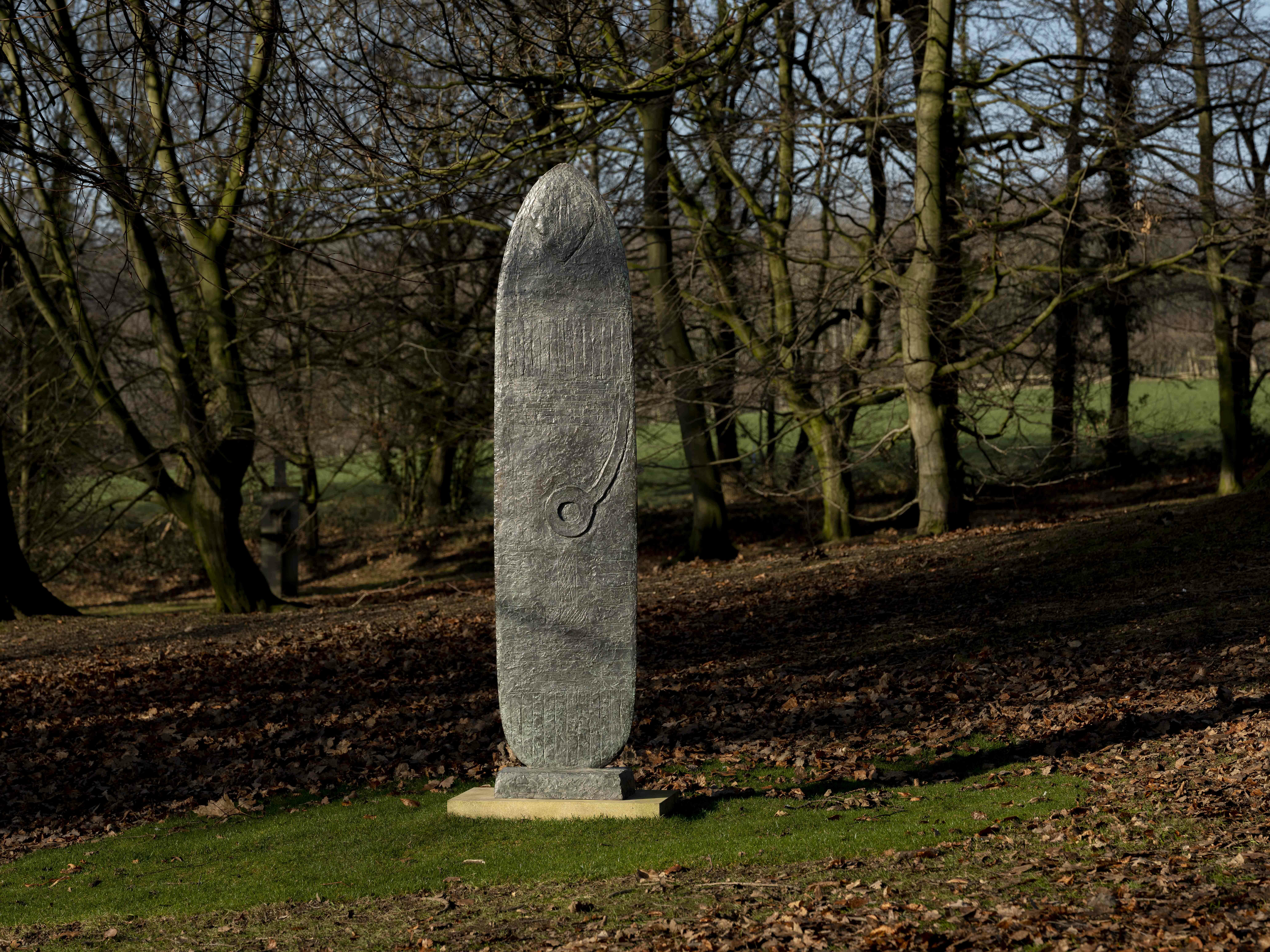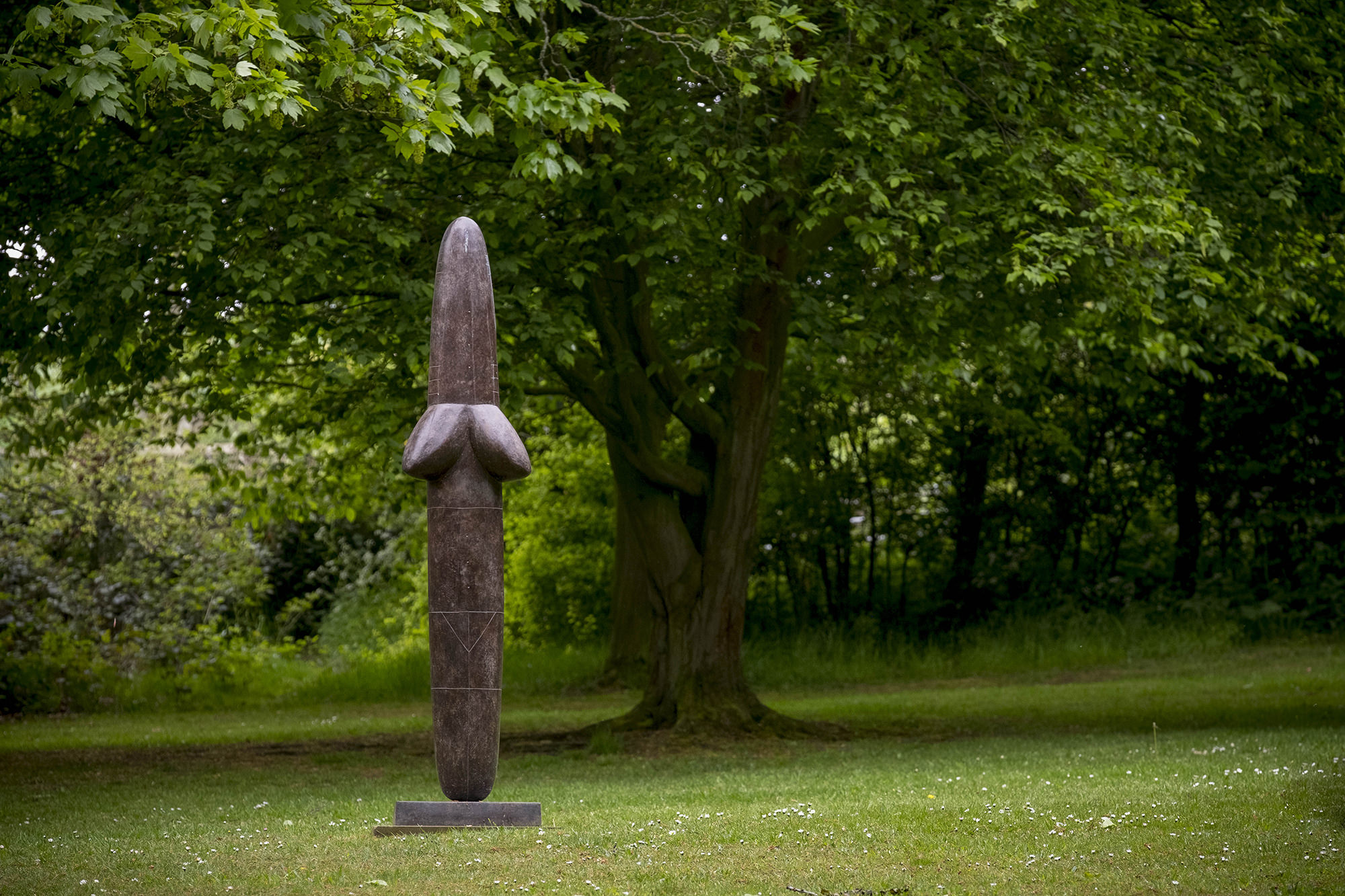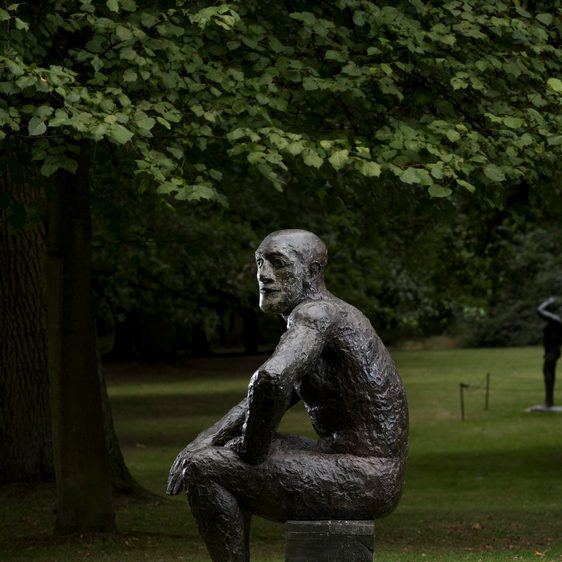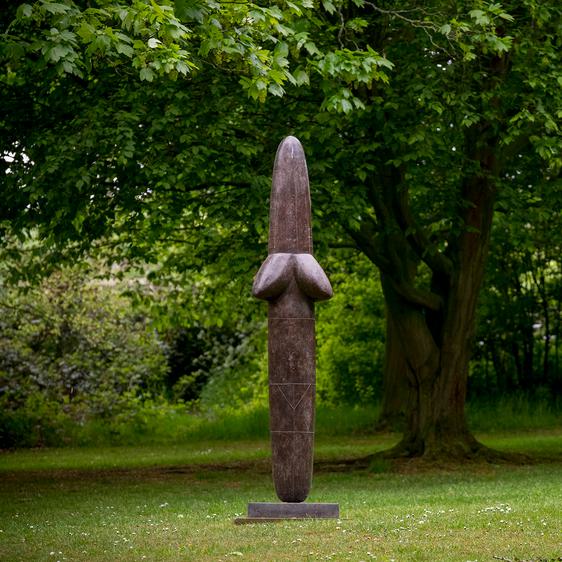
William Turnbull: Large Horse
Art Outdoors /William Turnbull: Large Horse
Horses are a prevalent motif in art and are often used in monuments of war heroes to signify power and victory in battle. Turnbull reworked the figure of the horse throughout his career, reducing it to its basic form, as illustrated in Large Horse. Here, Turnbull offers a new interpretation on the theme of the horse in sculpture – although large in scale, the work conveys a graceful innocence, suggesting movement more than power.
His knowledge of African sculpture greatly influenced his work, which frequently developed from looking at a simple utensil or tool. For example, Large Horse takes the shape of the adze – an arched, axe-like tool. The first sculpture Turnbull made, as a student at Slade School of Art, was of a horse’s head in 1946.
You might also like
- Art Outdoors

Elisabeth Frink: Seated Man II
Seated Man II relates strongly to Frink’s larger-than-life Riace figures. - Art Outdoors

William Turnbull: Ancestral Figure
The shape of Ancestral Figure could be a tablet containing written information, or a tombstone marking a grave. The surface is covered with shapes, lines, ridges and grooves. These might be facial features but they also resemble ancient symbols and languages. - Art Outdoors

William Turnbull: Large Idol
Large Idol forms part of a series of ‘Idol’ sculptures which William Turnbull made over the course of several years. These minimal works take the human form as a starting point which is then simplified and refined, whilst maintaining a sense of figuration. The titles of these streamlined forms make reference to them perhaps being thought of as ancient gods and being worshipped for their power and beauty. - Art Outdoors

Elisabeth Frink: First Man
Elisabeth Frink was interested in human and animal forms. She used the male figure to explore the complexities of humanity, exposing both strength and vulnerability, as with First Man.






